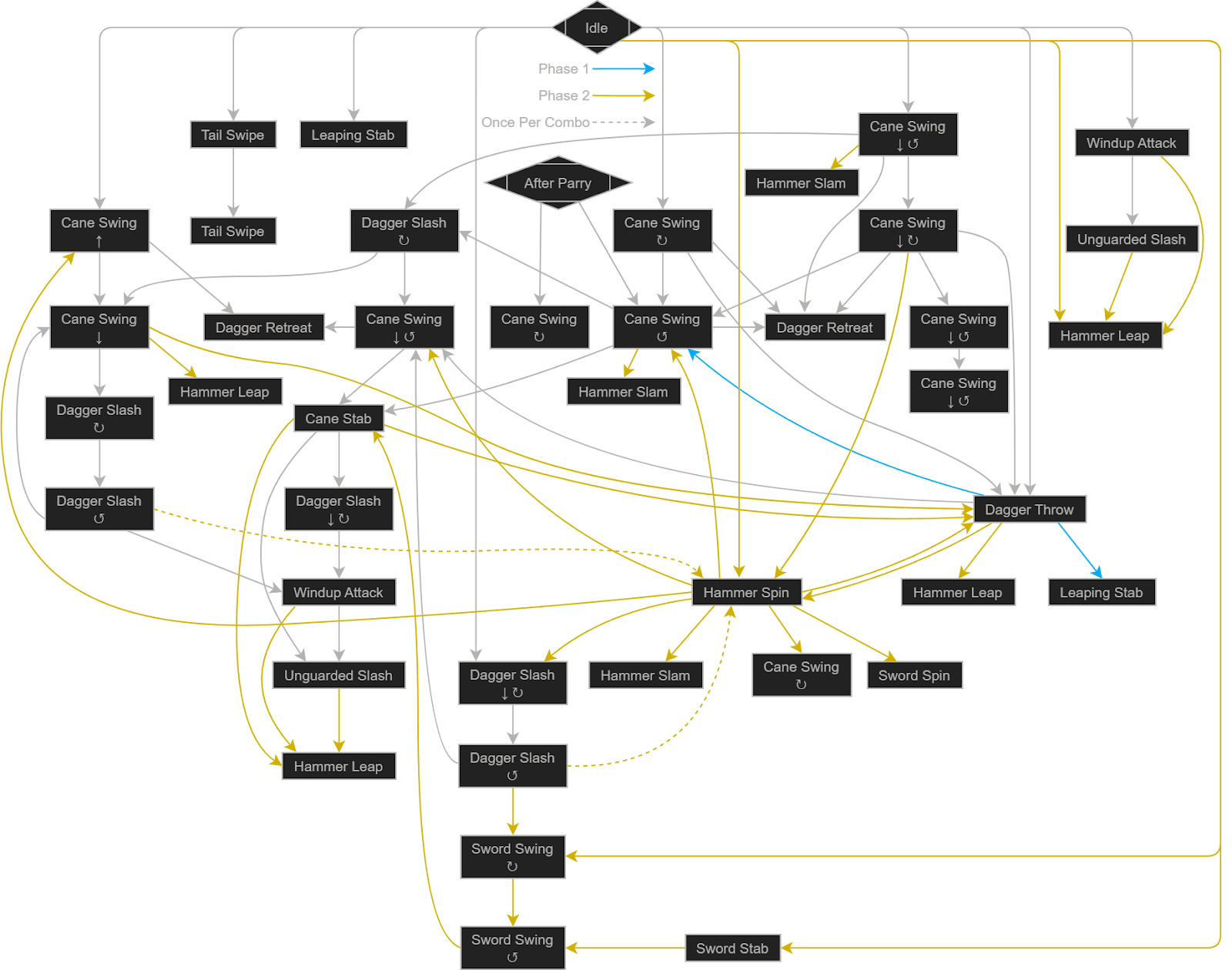business resources
How AI Is Helping Video Game Development
5 Nov 2024, 2:42 pm GMT
Artificial intelligence (AI) technology has seen continuous applications in video game development since its inception. It has been present in early video games in basic forms, most notably in the 1994 game DOOM and Quake III (1999). Today, there have been significant advancements in both the video game industry and the AI sector. As a result, the video game industry is pushing the boundaries of what is possible.
AI incorporated in modern video games is much more complex and can perform sophisticated functions to make the game world richer and increasingly immersive. However, its applications are not limited to that; the technology is helping with the process of video game creation as well. This article will explore how AI helps developers and engineers in various situations.
Game Testing
It’s very common for bugs and glitches to slip through the cracks when a video game is released. This doesn’t necessarily mean that the game hasn’t been tested properly, it happens because there are numerous possible situations in the game environment. These are only noticed when the game is played to a larger audience. However, with the help of AI models, it's possible to run multiple simulations, analyze video game code, and detect problematic areas of the game faster than any human tester.
AI can automate repetitive tasks and crunch large volumes of data with remarkable swiftness, which allows developers to speed up the testing process and focus more on refining the game.
Moreover, AI models can simulate different hardware and software configurations, allowing developers to optimize their games for various devices. Once the game is released, AI can review player feedback and provide creators with useful insights about game balancing and other issues. Post-release, developers can leverage the processing prowess of AI to deploy patches faster and address any issues that may arise with greater efficiency, with many publishers partnering with an experienced game development studio to implement these advanced maintenance systems for ongoing player satisfaction.
AI In Game Mechanics
AI is incorporated within the game world in many ways. The most common is the use of AI algorithms to control NPC behavior and the implementation of “AI bots” in multiplayer and single player settings. AI can also be used to control game physics, manage in-game events, and track player data.
The primitive form of AI that was used in DOOM 1994 simply reacted to player movements; that is, if the enemy hears or sees the player, it will move towards him in a straight line. If the enemy character is obstructed by an in-game object, it is instructed by AI to change directions to pursue the player. That was the extent of it. While mob enemies in modern games still use similar AI models, elite opponents such as bosses use much more sophisticated algorithms. They use decision trees to create more challenging and dynamic encounters and are capable of canceling their attacks, retreating from combat for brief moments, and reacting to every single movement and action the player takes. Following chart is an example of a decision tree used by a tutorial boss, Margit, the Fell Omen in Elden Ring:

Similarly, you can explore artificial intelligence in Red Dead Redemption 2, which are improvements in the models previously used by Rockstar Games. AI agents in RDR2 control vehicles, animal behavior, and multiple other aspects of the game, which make it immersive. Non-playable characters in this game are interactive, they respond to changes such as the player's appearance and location and also interact dynamically with other systems in the game environment.
AI For Procedural Content Generation
Another distinct use case of AI is seen in content generation. A video game is filled with one or two playable characters, multiple NPCs, interactive elements and level design. Every single aforementioned element is hand-crafted for originality but there are points in gameplay where content can get repetitive, especially when replaying the game. Enter, procedural content generation, this AI technique is employed to keep the game fresh and offer something new every time a player wants to explore or fight.
Procedural content generation can randomize original creations such as dungeons, its enemies and conditions in order to create something unique for the player. We see this in From Software’s Bloodborne, where Root Chalices (a type of dungeon) are procedurally generated every time the player creates them which changes dungeon layouts, introduces new combinations of modifiers, changes loot placements and enemies to keep the gameplay exciting.
In the same manner procedural content generation can create background scenery such as trees, forests, mountains in open world games, racing games and other genres where these elements repetitively get screen time.
PCG in theory can provide an infinite variety of content and keep content from appearing twice, especially in genres such as roguelikes and sandbox games. Advanced PCG algorithms in future will be more powerful than what we have seen so far, they will be capable of generating entire universes. We already saw basic use of this in action-adventure survival game, No Man’s Sky.
Share this
Contributor
Staff
The team of expert contributors at Businessabc brings together a diverse range of insights and knowledge from various industries, including 4IR technologies like Artificial Intelligence, Digital Twin, Spatial Computing, Smart Cities, and from various aspects of businesses like policy, governance, cybersecurity, and innovation. Committed to delivering high-quality content, our contributors provide in-depth analysis, thought leadership, and the latest trends to keep our readers informed and ahead of the curve. Whether it's business strategy, technology, or market trends, the Businessabc Contributor team is dedicated to offering valuable perspectives that empower professionals and entrepreneurs alike.
previous
CFO Roles And Responsibilities: The Financial Leadership Landscape
next
Mistakes to avoid while buying window clings